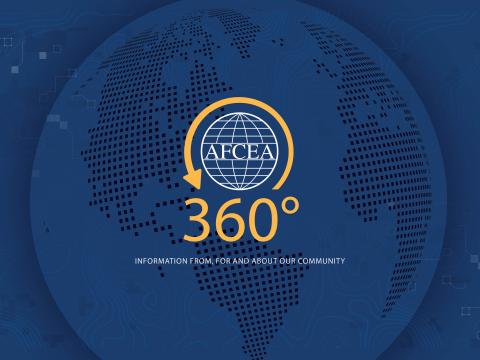Do We Have a Problem With STEM Education?
Considerable commentary over the past few years has centered around concern about the number of degrees being offered by U.S. colleges and universities in science, technology, engineering and mathematics (STEM). This discussion slipped into one the Republican presidential debates last month—somewhat—when Sen. Marco Rubio (R-FL), advocating more vocational training, stated the country needed “more welders and less philosophers.” This was an indirect observation that nationally we may be too focused on the liberal arts and too indifferent to the contemporary needs for STEM graduates.
But others have voiced another concern: Are we educating too many foreign-born engineers and scientists while our own students study the arts and humanities? A 2013 article in Forbes stated, “Across the board, the number of foreign-born students getting tech-oriented degrees is staggering: One out of every five engineering graduates from American universities are foreign born.”
What is the real story? Recent, very comprehensive studies by the National Science Foundation (NSF) suggest that there may be less to these concerns than meets the eye. First, the NSF data shows that between 1966 and 2012 the number of total degrees awarded annually in all fields increased by nearly 250 percent, while the number of science and engineering (S&E) degrees increased by about 235 percent—a slightly smaller number, but not statistically alarming. During this same period the U.S. population grew by 60 percent, so as a matter of demography we are becoming more educated overall as time goes by.
Second, total S&E degrees—that means bachelor, master and doctoral degrees—declined only slightly as a percentage of all awarded degrees during the time frame of the NSF study, from 45 percent to 43 percent. Again, that is not an alarming or significant change. Of some concern, however, is that within S&E the number of awarded engineering degrees increased only 132 percent during the study period—in other words about half the increase seen in other S&E fields and even in non-S&E fields. Some disciplines of importance to the defense industry, such as aeronautical engineering, saw only a doubling in awarded degrees between 1966 and 2012, which represents about a third of the degree growth seen elsewhere.
Third, the truly major change occurred in the area of gender. The NSF study showed that women now earn nearly 20 percent of engineering degrees, whereas in 1966 that number was closer to 1 percent. Therefore, women are moving into engineering in significantly greater numbers than ever before. In the defense industry, women now head two of the major companies—Lockheed Martin and General Dynamics—and the increased presence of women in management, design and manufacturing is obvious.
Overall, it would seem that we have growth in most of those S&E fields important to the defense industry that is consistent with overall demographic trends, although some concerns exist in a few select areas such as aeronautical and marine engineering. But what about the issue of foreign-born STEM graduates, who often are ineligible to work on major defense programs? In general, this is not as serious a problem as some suggest because the largest percentage of foreign-born degree recipients are in doctoral programs, and Ph.D.s only account for about 5 percent of total STEM degrees.
More interesting is the fact that although a third of all bachelor degrees annually awarded are in S&E, only 20 percent of master degrees are in S&E. In other words, a large number of students who start their educational experience in S&E do not continue it into graduate studies. However, for those with master degrees who decide to pursue Ph.D.s, the trend strongly reverses with nearly 70 percent of overall doctoral awards going to S&E disciplines. These trends suggest that the challenge is not getting students interested in STEM; it is keeping them interested in it, particularly those that are U.S.-born. This may be because those with a Bachelor of Science degree are not finding jobs that directly utilize their newly learned skills. If that is the case, we may indeed be on a path leading to more philosophers.
So what is the bottom line? Essentially it is that U.S. society as a whole increasingly values education, and young high school graduates pursue higher education at greater rates than 50 years ago. It also shows that interest in STEM for those who start and finish college is rather steady over time. The question is not, therefore, can we interest young people in a STEM education—they seem to be interested—but do we have jobs for them that will keep this interest and encourage them to pursue graduate studies? In that regard, the defense industry is not the attraction it once was given its diminished, and perhaps still diminishing, size. Therefore, the issue is not one where we need to be concerned that we educate too many foreign-born engineers—it is more how we can sustain a defense work force offering exciting employment to those U.S.-born students who would like to join it.
M. Thomas Davis, the Forrestal-Richardson Defense Industry Chair at the Defense Acquisition University, is a former corporate vice president with General Dynamics Corporation and a past assistant professor of economics at West Point, the U.S. Military Academy.




Comments